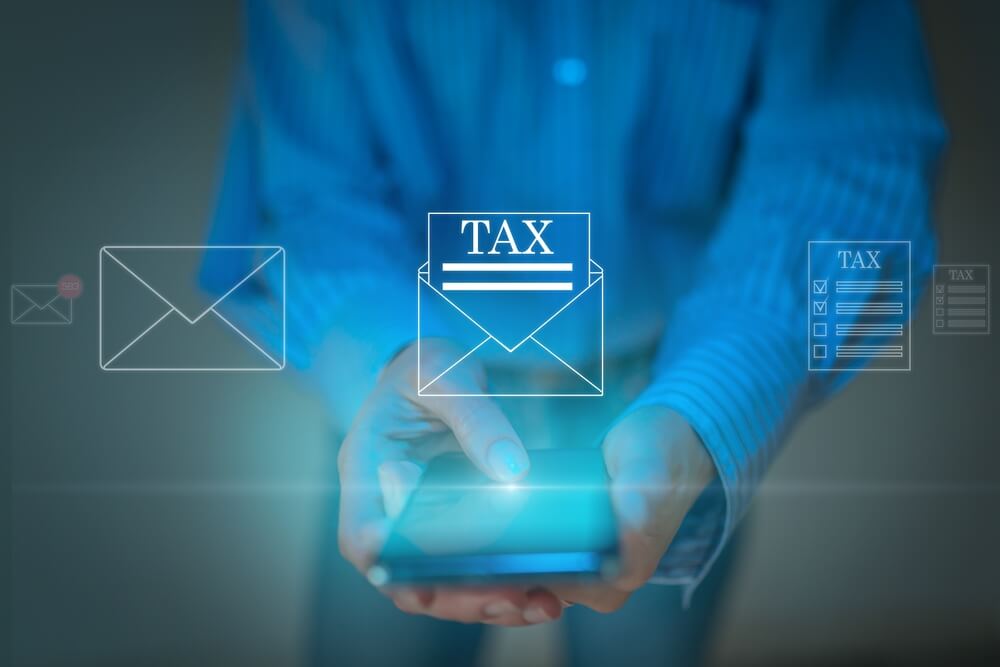Income-tax (Tenth Amendment) Rules, 2023 – New Rule and Form for Opting Old Tax Regime

Income-tax (Tenth Amendment) Rules, 2023 – New Rule and Form for Opting Old Tax Regime
The Finance Act 2023 changed section 115BAC, offering reduced tax rates in the new tax scheme for 2024-25 and beyond assessment years. This new scheme is now the default option for taxpayers and applies to entities like AOP, BOI, and AJP. In line with these changes, the Central Board of Direct Taxes (CBDT) issued the Income-tax (Tenth Amendment) Rules, 2023, to implement necessary adjustments. These rules modify existing rules 2BB, 3, and 5 and introduce a new Rule 21AGA.
New and old tax regime based on Finance Act, 2023
Based on the Finance Act 2023, the new tax regime refers to the revised tax structure introduced by the government for the assessment year 2024-25 and onwards. It offers reduced tax rates compared to the old tax regime but with limited deductions and exemptions.
On the other hand, the old tax regime refers to the existing tax structure that was in place before the amendments introduced by the Finance Act of 2023. Under the old regime, taxpayers can avail of various deductions and exemptions allowed under the Income Tax Act, which may result in different tax liabilities compared to the new regime.
In summary, the new tax regime introduced by the Finance Act of 2023 provides lower tax rates but fewer deductions, while the old tax regime allows for more deductions but potentially higher tax rates. Taxpayers can select the tax regime that best suits their financial situation and tax planning preferences.
Amendments in Rule 2BB, 3 and 5
Income-tax (Tenth Amendment) Rules, 2023 introduced Changes in Rules 2BB, 3, and 5. Rule 2BB and Rule 3 deal with exempt allowances and valuation of perquisites. Previously, it was mentioned that individuals opting for section 115BAC (5) would not qualify for the benefits provided by these rules (subject to specific conditions).
However, since the new tax regime under section 115BAC is now the default for taxpayers, the rules have been amended. It states that individuals whose income is taxable under section 115BAC (1A) will not be eligible for the benefits offered by these rules.
Additionally, Rule 5, which covers depreciation, has been modified to set a maximum limit on depreciation allowance. It specifies that the depreciation rate for assets eligible for more than 40% depreciation is restricted to 40%.
Furthermore, suppose an assessee’s income is chargeable under section 115BAC (1A). In that case, any unabsorbed depreciation (related to additional depreciation) can be added to the written down value (WDV) of the asset block as of 01-04-2023.
Introduction of new Rule 21AGA and Form 10-IEA – Opting out of the new tax regime
A new rule, 21AGA, has been introduced to outline the process of opting out of the new tax regime under section 115BAC.
- The option to opt out of the new tax regime (section 115BAC) can be exercised by individuals, Hindu undivided families (HUFs), associations of persons (excluding co-operative societies), bodies of individuals (incorporated or not), or artificial juridical persons.
- Starting from the Assessment Year 2024-25, individuals who wish to opt out of the new tax regime must submit Form 10-IEA before the specified due date mentioned in section 139(1).
- Form 10-IEA is to be submitted by individuals with income from business or profession.
- Form 10-IEA should be submitted electronically with a digital signature or an electronic verification code.
- If an individual does not have income from business or profession, they can opt out of the new tax regime by choosing the appropriate option in the income tax return filed under section 139(1).
Applicability of Form 10-IEA for Tax Regime Option
- Individuals with income from business or profession: Submit Form 10-IEA by the specified due date for the assessment year to exercise the option.
- Individuals without income from business or profession: Choose between the new and old tax regimes when filing their income tax return under section 139(1) of the Act.
- Individuals with salary income, capital gains, income from other sources, and income from house property: No form filing required; exercise the option within the income tax return.
- Individuals with business or professional income: Once the option is exercised in a particular assessment year, it must be continued in subsequent years. However, it can be changed once to switch out of the chosen option but cannot be switched back.
- Salaried individuals with business income from future and options trading: Covered by the default new regime. To switch to the old regime, use Form 10-IEA and continue with it in subsequent years.
- Individuals without business or professional income (e.g., salaried individuals): Flexibility to change the option every assessment year based on tax planning. If switching to the old regime, use Form 10-IEA and continue with it in subsequent years. Can switch back to the new regime by withdrawing the option for the old regime.


